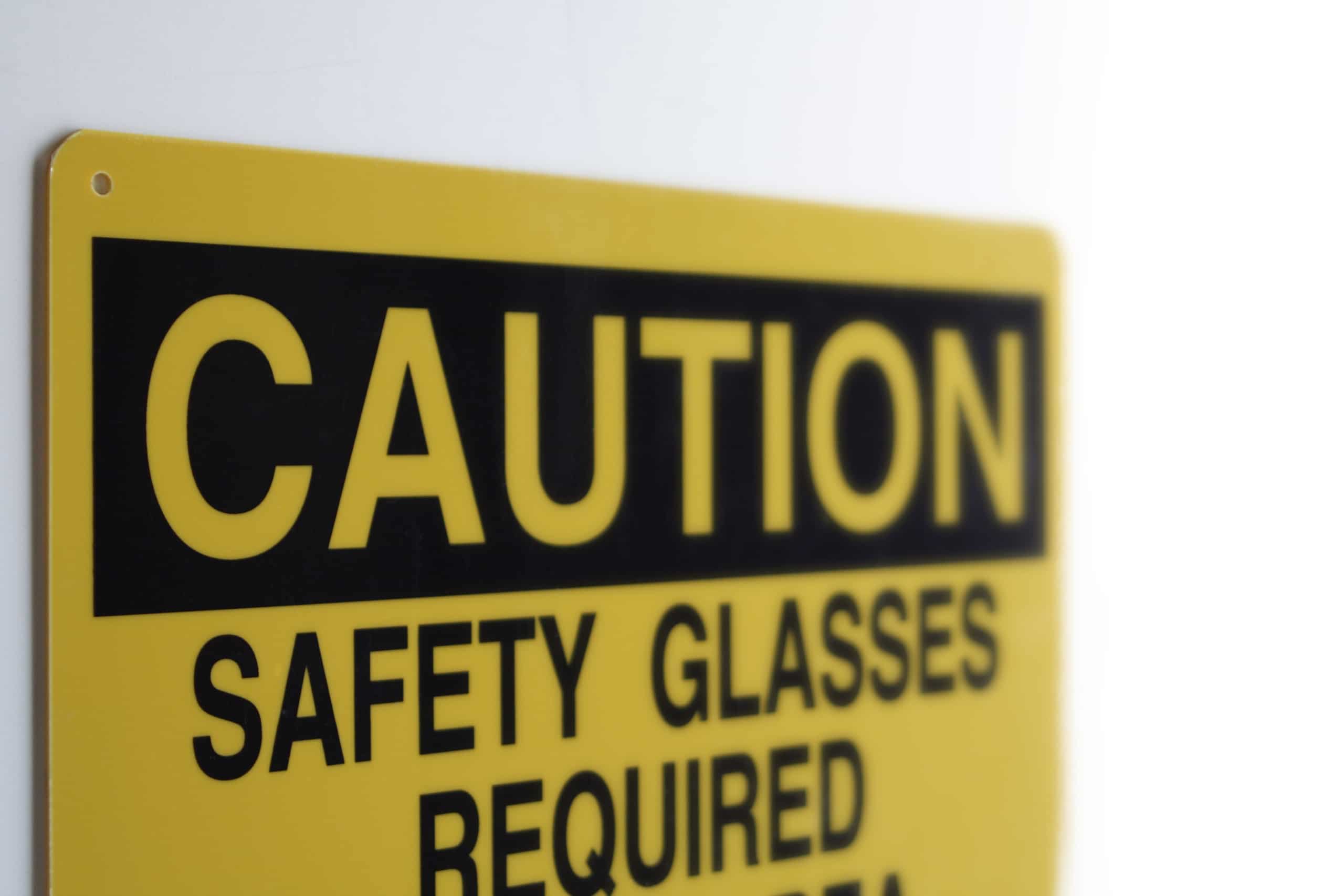As eye safety month moves into full swing, it is time to take a minute and assess current workplace safety measures. On average over 2,000 workers experience some type of eye injury on the job each day. Of these, several will lose eyesight due to the injury. Companies often spend millions of dollars as a direct result of medical expenses and loss of work. Due to the extensive number of eye related injuries seen in the workplace each year, March has been designated as eye safety month.
The main objective of eye safety month is to increase awareness of the importance of taking the right precautionary measures while handling chemicals or other potentially dangerous items in the workplace. What measures are being taken to decrease the risk of injury for workers who handle dangerous chemicals? One of the most important safety measures is protective eyewear. It has been proven to drastically reduce the risk of injury as almost every accident could be avoided with this one piece of protective gear.
Choosing Effective Eyewear for Chemical Handling
According to the Bureau of Labor Statistics, one out of five individuals who suffered an injury were not wearing any protection. By taking this one action, you could significantly decrease the risk of injury in the workplace and any costs resulting from harm. Eyewear is only effective if it matches the type of work being done and anyone entering a worksite should be wearing this safety gear to be protected from flying objects, particles, or additional types of hazards. Selection becomes even more important in work environments where hazardous chemicals and cleaning solvents are handled.
Chemicals are simply dangerous and while inhalation is a big concern, eye safety month brings forward another significant danger. Direct contact with solvents or chemicals creates substantial injuries. Safety goggles are a must for protecting sight in the workplace as they shield the eyes from splashing, mists, vapors, and fumes. When choosing safety goggles, make certain they will be able to deliver an effective seal for complete protection. Prescription lenses are also available for workers who require glasses to properly work. These features should be carefully evaluated before selecting eyewear for your workers:
- Lenses
- Frame
- Ventilation
Lenses are naturally designed to resist low to moderate impact for increased safety. They may be removable, support prescription needs, and offer protection from most types of exposure. Frames can be an eyecup or cover design with each having specific protection qualities. Eyecup frames cover the eye sockets completely while cover safety goggles may be worn over the workers glasses without disturbing sight.
Ventilation choices determine if particles are passed through the goggles and those offering direct ventilation allow large particles to pass into the goggle, while indirect or non-ventilated goggles prevent splash entry. As part of eye safety month, companies are encouraged to evaluate the effectiveness of current protective gear as well as the practices of handling harmful chemicals. At Ecolink, we want you to not only have the best cleaning solvents, but also a safe workplace environment. Remember to handle all chemicals with care during cleaning and promote eye safety month with the right protective wear!















